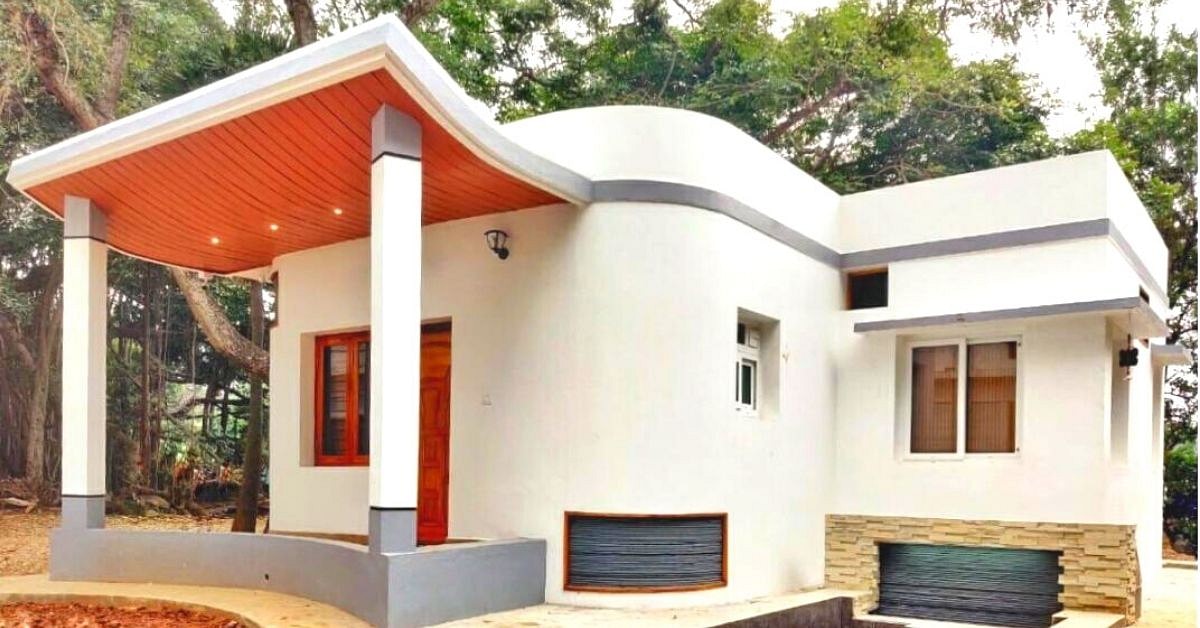According to the company, “Tvasta’s ‘Concrete 3D Printing’ is an automated manufacturing method for constructing three-dimensional real-life structures (at all realisable scales). The technique utilises a concrete 3D Printer which accepts a computerised three-dimensional design file from the user and fabricates a 3D structure in a layer-by-layer manner by extruding a specialised type of concrete specifically designed for the purpose.”
Getting into the details of the project Adithya VS, the CEO of Tvasta Manufacturing Solutions says “Tvasta’s 3D Printing technology is built to bring digital technological advantages to the realm of construction. The focus is to make the process available to all sections of the construction industry, including affordable housing and large-scale infrastructure building. The reduction in overall time required for construction involves an order of magnitude change. What would require months to build can be built in days. Currently, the capability is to print the superstructure of a house that would require 4 to 5 months to build conventionally in about 5 days. The technology has also been designed in such a way that it is sustainable and green. The material used contains industrial waste and recycled material. This reduces the overall carbon footprint of the structure during construction”.

How does 3D Printing reduce construction cost and save time?
Adithya explains, “The cost reduction is achieved by increasing the productivity of workers who are involved in the construction process. A structure that would take months to build can be done in a matter of a few days; this contributes to tremendous savings on the time and cost of capital. There is also a saving on the amount of material used as 3D Printing reduces wastage and the total amount of material required to build a structure. The saving on time is primarily brought in by the employment of robotics and automation technologies.”
He adds, “Construction is one industry where precision automation has still not taken root, unlike the automotive industry.
Through the actions of a 3D Printer that can receive instructions to build a large-scale structure in the form of a 3D Virtual file, a large-scale structure can be built without formwork or molds in a very short period through layer by layer manufacturing.”
This structure was built to show the research, development, and manufacturing capabilities that exist in India, although there are plans to use it as a conference centre at IIT Madras. It took about 21 days to 3D print this particular structure due to COVID-related restrictions. Currently, the company has the capability to 3D print such a structure in about five days.
The future for Tvasta Manufacturing
“The company is currently working on scaling up this technology to make it available throughout India. For this, the company has partnered with several large-scale construction companies and institutions. The Ministry of Housing and Urban Affairs has also given wings to the project by providing support through the ASHA Incubator programme under the Global Housing Technology Challenge launched by the Prime Minister,” says Adithya.
The material used for construction is a proprietary 3D Printable Mix developed by the company. Having said that, materials such as mud and other natural solutions can be used for construction. Adithya goes on to claim that the company has plans to introduce such green materials into the construction space in the future.
Noteworthy praise for the project
The project is developed in collaboration with Habitat for Humanity’s Terwilliger Center for Innovation. The work of Tvasta Manufacturing has been lauded by Habitat for Humanity’s Terwilliger Center for Innovation. “This technology is the first to be beneficiary-led in the construction industry. The machine for constructing this house can be rented, like borewells rented by farmers. It provides for large-scale, high-quality and also, price assurance for the customers”, he says.
Meanwhile, Union Finance Minister Nirmala Sitharaman told media persons attending the launch of this home, “India definitely needs such solutions which do not require much time. This technology enables building a 3D-printed house in 5 days. With the Prime Minister’s goal of ‘Housing for All by 2022,’ we have a huge challenge before us. A huge challenge of meeting that deadline and making sure that people who need houses get it at an affordable price. Conventional housing requires timing, material, logistics, transporting of material, and so on. But if this technology can produce houses in different locales at five days per house, it would not be a big challenge to build 100 million houses by 2022.”




















